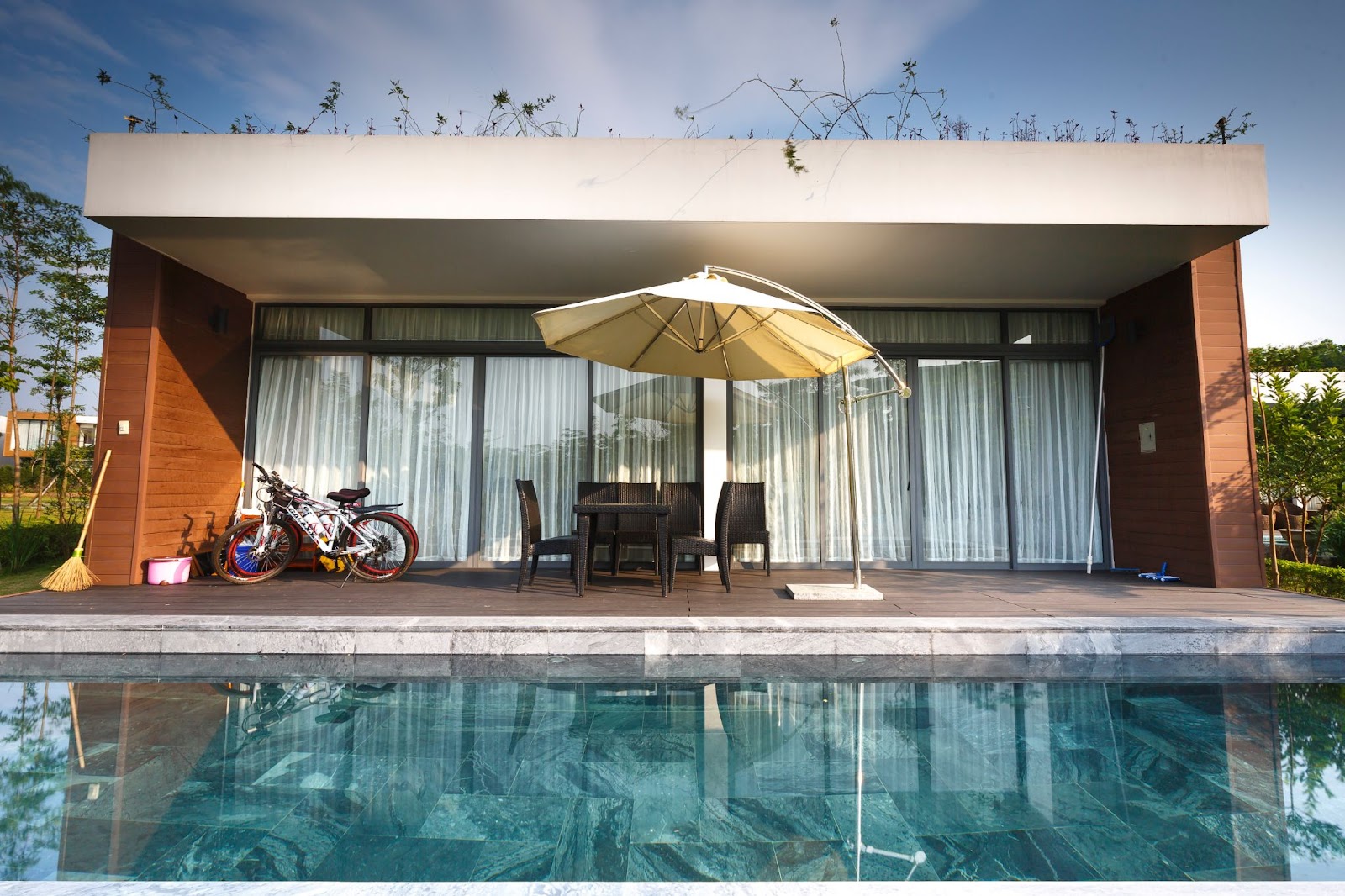When it comes to buying a home, there are several key factors to consider. From location and price to layout and condition, each element plays a crucial role in finding the perfect property. As an expert in real estate, I’ll guide you through what to look for when purchasing a home so that you can make an informed decision.
First and foremost, location is paramount. Think about your lifestyle and what amenities are important to you. Consider proximity to schools, shops, parks, and transportation options. Additionally, evaluate the neighborhood’s safety and overall appeal. Remember that while you can change many things about a house, its location is permanent.
Next, carefully assess the price of the property you’re interested in. Take into account not only its current value but also potential future appreciation. Research recent sales in the area to ensure you’re paying a fair price for comparable homes. It may be beneficial to consult with a real estate agent or appraiser who can provide valuable insights into market trends.
Finally, thoroughly inspect the condition of the house before making any commitments. Pay attention to structural elements such as the foundation, roof, plumbing, and electrical systems. Look out for signs of water damage or pest infestation that could lead to costly repairs down the line. A professional home inspection can help uncover any hidden issues that might affect your decision.
By considering these essential aspects – location, price, and condition – you’ll be well-equipped with knowledge when embarking on your journey towards homeownership.
Got it! Here’s the section on “Location” for your article:
Location
When buying a home, one of the most important factors to consider is its location. The right location can greatly impact your quality of life and the value of your investment. Here are a few key points to keep in mind when evaluating the location of a potential home:
- Neighborhood: Take some time to explore the neighborhood and get a feel for its character and amenities. Consider factors such as safety, proximity to schools, parks, shopping centers, and public transportation.
- Accessibility: Evaluate how easily you can access major highways, freeways, or public transportation from the property. A convenient location with good connectivity can save you valuable time during your daily commute.
- Future Development: Research any planned or ongoing development projects in the area. New infrastructure or commercial developments nearby could potentially have an impact on property values and overall livability.
- Desirability: Consider whether the neighborhood is up-and-coming or already established. Desirable neighborhoods tend to hold their value better over time and may offer more opportunities for growth.
- Amenities: Look for nearby amenities that align with your lifestyle preferences such as parks, recreational facilities, restaurants, shopping centers, and healthcare services.
- School District: If you have children or plan on starting a family, research the local school district’s reputation and performance ratings before making a decision.
It’s important to find a balance between your personal preferences and practical considerations when choosing a location for your new home. Keep in mind that while certain features like neighborhood charm can be subjective, focusing on factors like accessibility and future development can help ensure long-term satisfaction with your purchase.
Remember: When it comes to real estate investments, choosing the right location is often key to maximizing both enjoyment and financial returns.
That concludes our discussion on “Location.” Stay tuned for more valuable insights in the rest of the article!
Got it! I’ll make sure to provide my response in English (US) language. Thank you for clarifying!
Size and Layout
When it comes to buying a home, one of the most important factors to consider is the size and layout. After all, you want a space that suits your needs and provides comfort for you and your family. Here are some key things to look for when evaluating the size and layout of a potential home:

1. Square footage: The first thing to consider is the overall square footage of the house. This will give you an idea of how much living space you’ll have available. Keep in mind that it’s not just about the number itself; it’s also about how that space is utilized.
2. Number of bedrooms and bathrooms: Consider how many bedrooms and bathrooms are included in the home. This will depend on your specific needs, such as whether you have children or frequently host guests. Having enough bedrooms and bathrooms can greatly contribute to your daily comfort.
3. Open floor plan: Many buyers prefer homes with open floor plans as they create a sense of spaciousness and allow for better flow between rooms. An open floor plan can make entertaining easier, provide more natural light, and offer flexible use of space.
4. Storage options: Take note of the storage options available in the home. Ample closet space, built-in shelving, or even a basement or attic can be valuable additions for storing belongings without cluttering up living areas.
5. Traffic flow: Consider how people would move through the home on a daily basis. Ideally, there should be a logical flow from room to room without unnecessary obstructions or awkward layouts that hinder movement.
6. Outdoor space: Don’t forget about outdoor areas when evaluating size and layout! A backyard or patio can provide additional living space during warmer months, giving you opportunities for relaxation or entertaining outdoors.
Remember, finding the right size and layout is subjective – what works for one person may not work for another. It’s important to prioritize your own needs and preferences when assessing these aspects of a potential home. Take the time to envision yourself in the space, considering how it aligns with your lifestyle and future plans.
Overall, by carefully evaluating the size and layout of a home, you can make an informed decision that will contribute to your long-term satisfaction and comfort. Happy house hunting!

